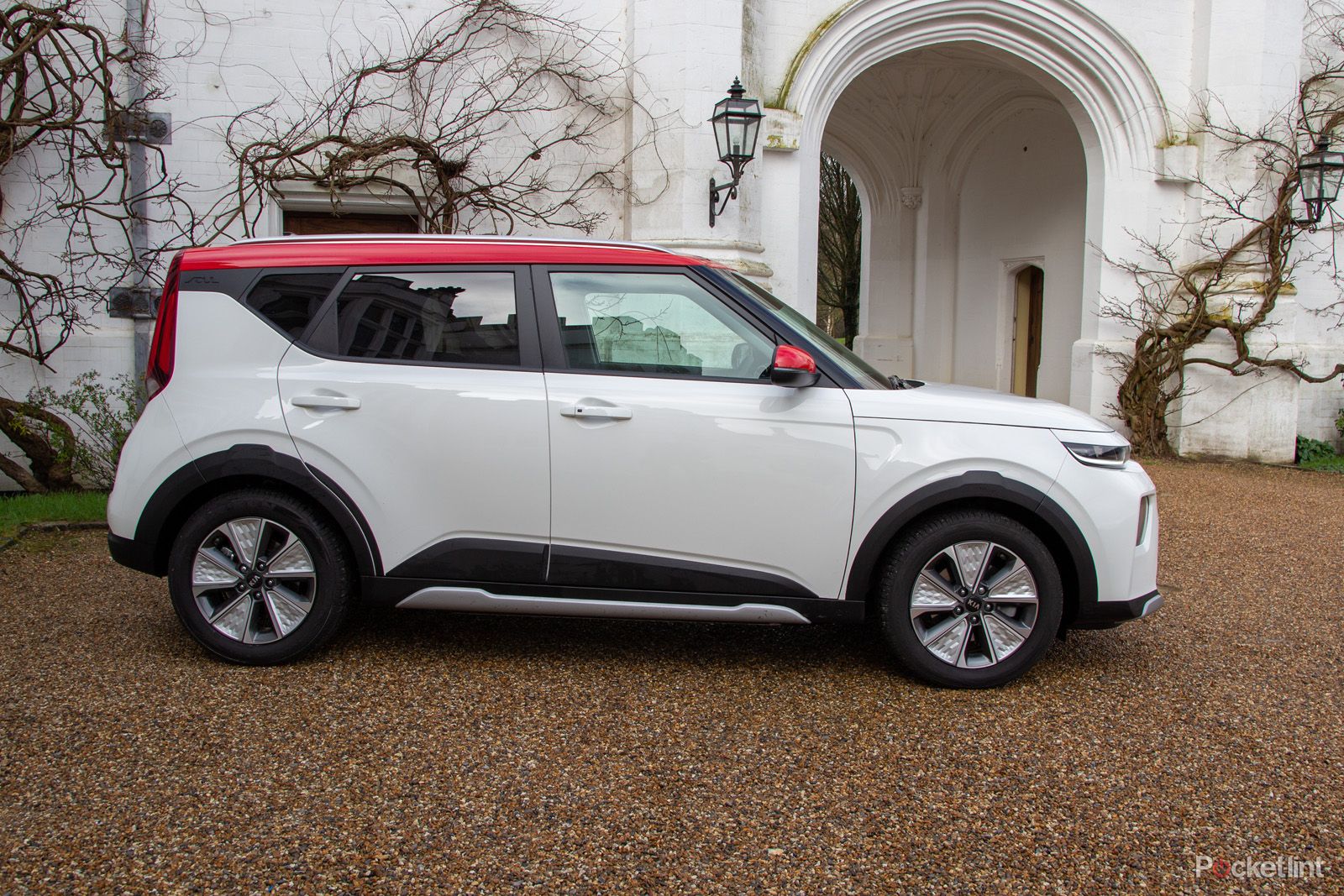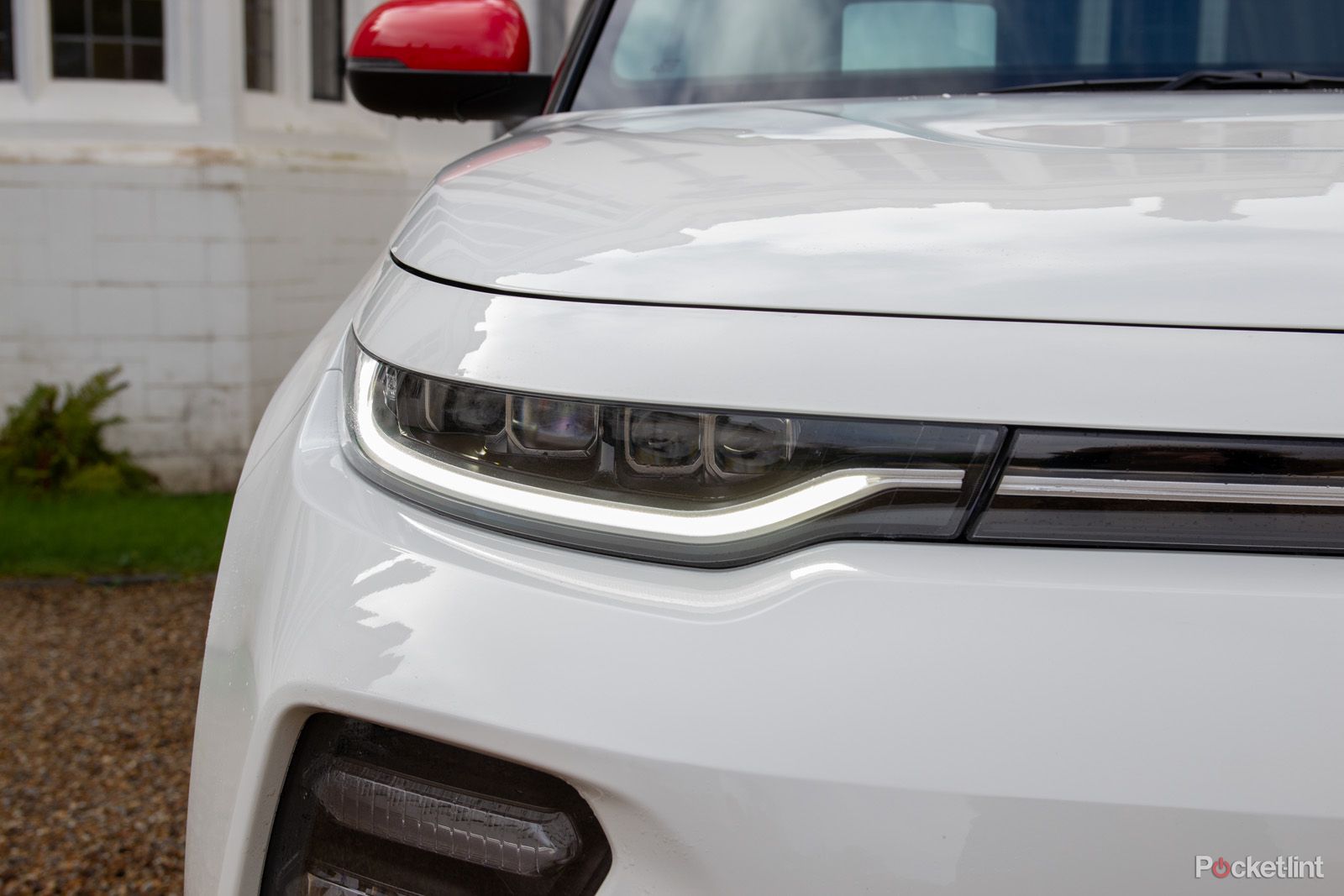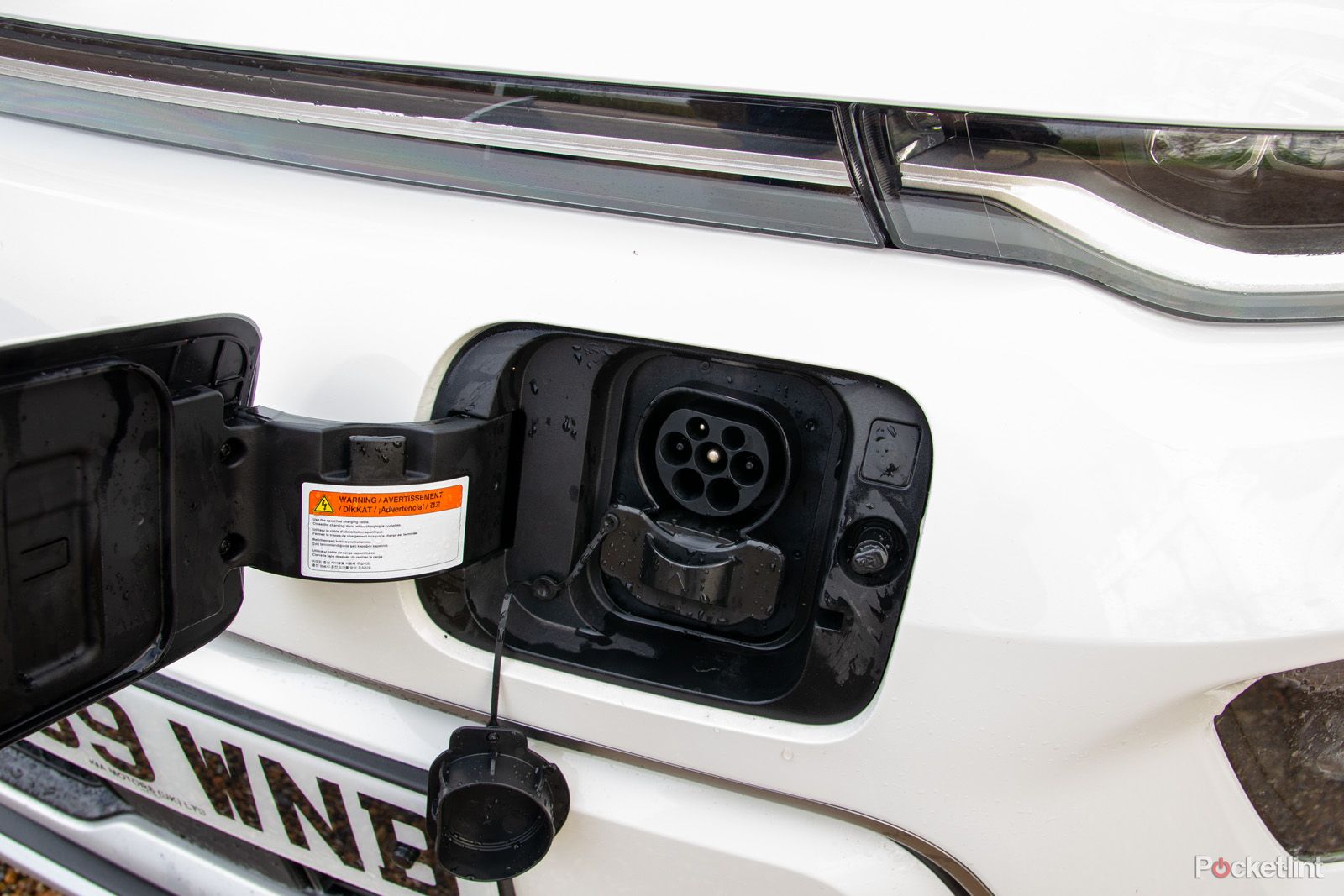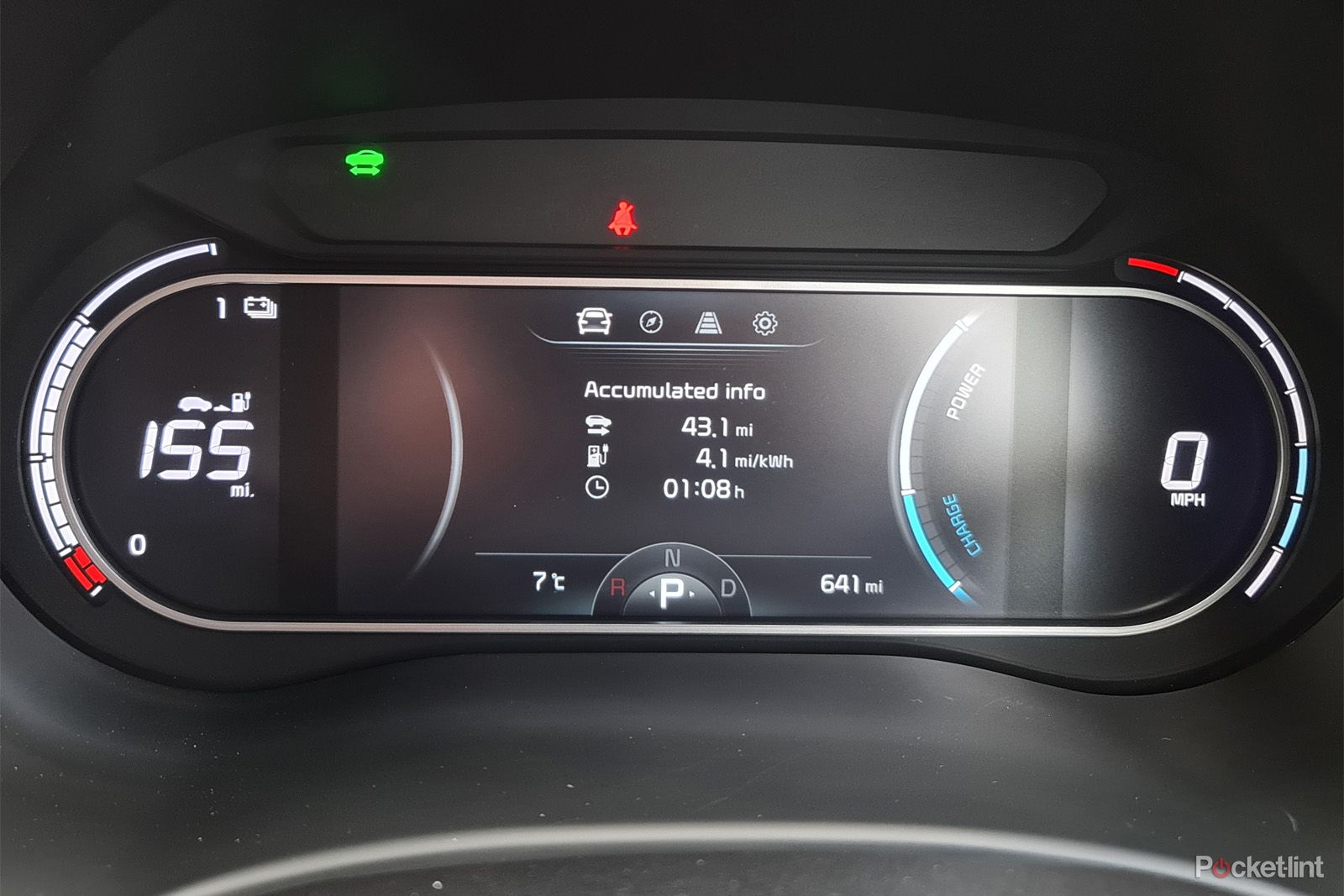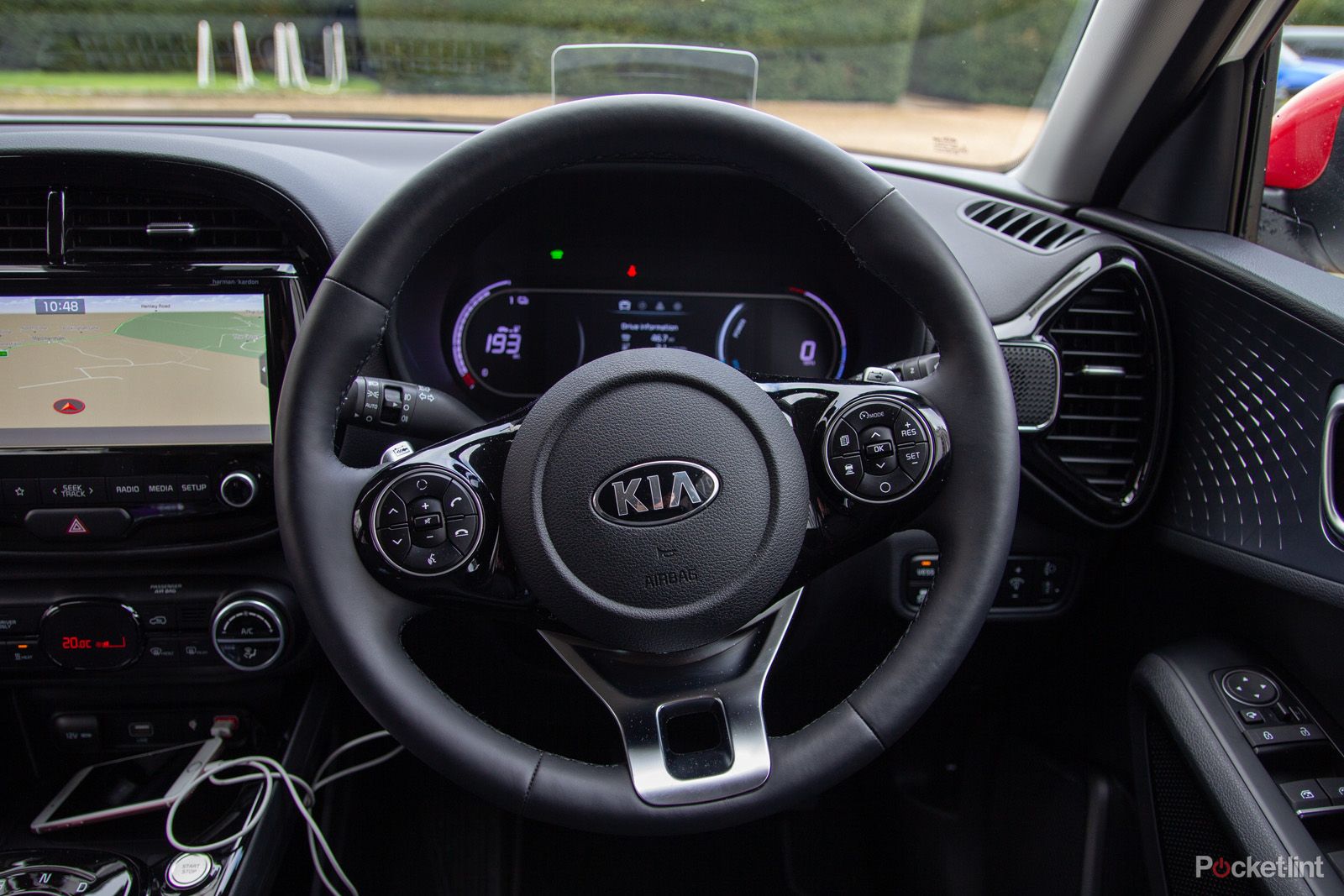The Kia Soul EV was one of the first electric cars to hit the UK's roads. It was a classic first-gen EV, with a fairly small battery, meaning that range was limited. Sitting alongside the conventional combustion models, the Soul EV was perhaps a hard sell, because you didn't seem to get a lot for your money.
Well, the Soul is back. This time, in the UK and across Europe, it's an EV form only. It follows the likes of Kia's e-Niro in offering a bigger battery, too, meaning more impressive range. So what's it like?
Our quick take
The Kia Soul EV is one of best electric cars if you're looking for range for your money. You can put it alongside the Kia e-Niro or the Hyundai Kona Electric because, yep, the Koreans seem to have affordable EVs figured out at the moment.
We can't help feeling that it's going to be the range that draws people in here: Tesla's Model 3 is some £6,000 more, while many of the cheaper EVs can't get close on range. The Kia Soul EV emerges as a practical solution with fewer caveats than some of the options out there, offering that crossover style and personality too.
For us, that's a winning formula, accepting that some might not like the design - in which case, you might prefer the e-Niro.
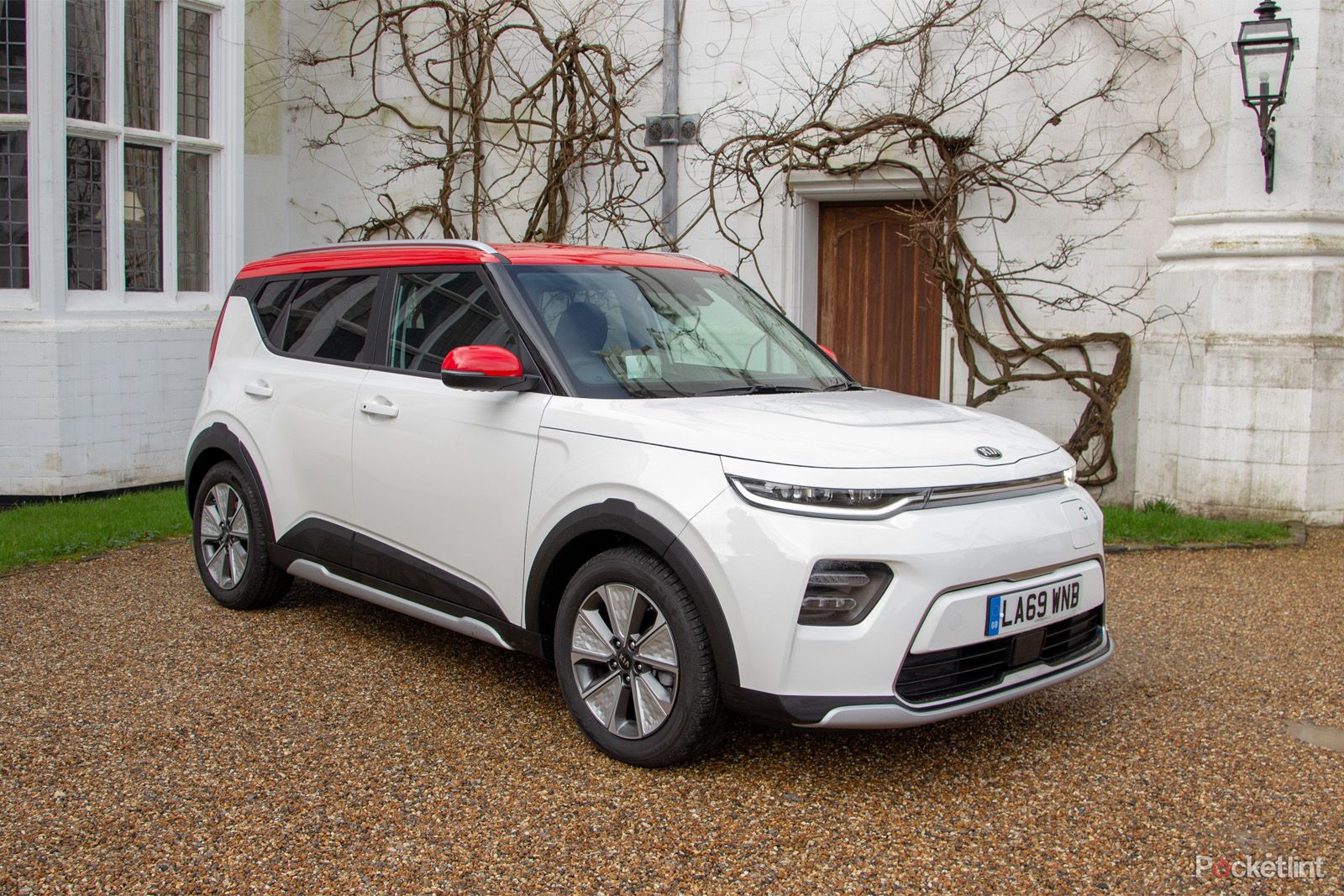
Kia Soul EV (2020) - 4.5 / 5
| FOR | AGAINST |
|---|---|
|
|
Design: Love it or loathe it
There are two ways to design a car: you can either create something that is designed to appeal to everyone by being as conventional as possible, or you can design something that's different, stands-out and gets people talking. The former can sometimes come across as rather boring, the latter rather more exciting.
It's probably clear, therefore, which side of the design divide we sit on: having driven the Kia Soul Mixx and the original Kia Soul EV, it should be apparent that we love the design. We're not alone in this: there's something of a cult following for the Kia Soul and the fact that some people can't stand the design only makes it more appealing.
The Soul is perhaps the personification of the crossover. It doesn't try to be an SUV, it's not pretending to be an offroader, but it does aim to deliver the advantages of those cars, such as greater ride height and road presence.
The Kia Soul EV retains that boxy-backed look with very little rear overhang and a steep windshield angle. It looks a bit like a toy truck - and that's one of things we like about it. It's perhaps a little more rugged looking that it actually is, but much of the new design seems to have gone into the lights at the front, with a more modern look. It's sharper and more premium, which is a good thing.
Those familiar with how Kia (and indeed Hyundai) arrange their models, will know it's a case of limited options. That's one way of saying that you basically get everything included; the trim levels are usually limited to about two or three. That's good for the entry-level customer and one of the things that makes Kia good value for money.
In the case of the 2020 Soul EV that sees the initial release of these cars coming out as the First Edition. That's the top-end version, designed to kick things off, which often represents great specification for your money.
One thing that everyone approves of is the 7 year/100,000 miles warranty which Kia is known for, having a car with some personality is the icing on the cake.
Good passenger space, but limited boot
The cabin of the car itself feels nicely appointed and spacious. There's enough space in the rear seats too, with amble headroom for taller passengers. That's an obvious advantage of the design, but this is still a fairly compact car.
That's apparent when you open the boot. With the rear wheels sitting a long way back and plenty of space in the cabin, it's in the rear that things are squeezed with 315-litres of boot space. That's also not helped by the false floor, which levels it out so there's no lip, but also means it feels like you're losing a good 10cm of boot depth.
Around the rest of the cabin there's a mixture of textures and finishes where Kia manages to pull off a quality-looking interior. There are plenty of harder plastic areas - so some might not take to the glossy black plastics, which can be quick to attract fingerprints - and we think the balance is just about right. There's even some interesting details on the door panels to give things a lift.
The previous generation of Soul had a quirky speaker-cum-airvent module at the ends of the dash which are now gone, replaced with something a little more conventional. That's a little less interesting, but overall, the interior quality has increased with this new model.
The layout of the displays and controls is good, with a decent 10.25-inch touchscreen in the centre, which retains physical buttons beneath for major controls, and it's always convenient to have the climate controls separate so that everyone can get to them easily.
What we really like about the Kia Soul EV - and something that it shares with other Kia electric cars - is the common sense approach to providing things for EV drivers. For example, you can opt to hit the button to restrict the fans to the driver only, rather than pushing out air through the whole car.
Then there's the battery information that's easy to see on the central display with a simple tap, alongside clear indications of the things using power. Some EVs seem to hide some of the real stats out of the way, but we like being able to see what's going on, which we feel that Kia makes easier than some others.
Battery, range and charging
The Kia Soul EV shares a lot with the e-Niro, both in the experience and in the performance, which will perhaps come as no surprise. There's a 64kWh battery built into the floor and a 64kW motor driving the front wheels.
It's not hugely speedy - with a 0-60mph time of 7.6 seconds and a top speed of 104mph - but that's really about being sensible with the power it offers.
The Kia Soul EV is pretty efficient, despite its boxy looks, with that battery giving a range of about 280 miles when fully charged. We averaged around 3.7 miles per kWh during mixed driving - which would be nearly 240 miles of range in real-world figures; an 80 per cent charge would therefore be about 190 miles. Introduce more stop-and-start driving and that figure will go up as you regenerate more from the braking, so in urban conditions use you'll probably do better.
Kia includes paddles on the steering column to change the level of regeneration to suit your preference. It might seem unnecessary, but it's a convenient solution, allowing the driver to, for example, coast on the motorway and lose less speed; or, conversely, you might want to lift off and get a stronger braking effect with higher regeneration.
There are different driving modes and we suspect many will stick to eco, just to get the most out of the range, but each level can be easily customised to do what you want it to.
Charging comes thanks to a CCS socket on the front. It supports up to 100kW charging, which would see the car back to 80 per cent in 54 minutes. Typical home charging from a wall unit at 7.2kW will take around nine-and-a-half hours - basically overnight.
It's not the fastest-charging EV on the roads - with some like the Tesla Model 3 offering 250kW charging - but it's fast enough considering the amount of range you'll get from it.
On the road
The other thing we like about the Kia Soul EV is how it drives. The design of this car makes for great visibility on the road from the driver's seat. The rear view is nice and clear, too, which makes for easier parking - although the rear camera does a good job of showing you what you're about to drive into.
Electric cars are very smooth to drive, so even though this isn't the fastest EV on the road, it still has enough pep to keep you zipping through traffic. The steering is light but responsive and everything is perfectly comfortable.
The suspension is a little on the firm side and that can make things feel a little harsh on broken roads. And there's no avoiding that this quite a high-riding car, which you'll feel when cornering at speed. The Soul EV isn't as dynamic as some thanks to its stature, but we doubt that buyers will be concerned about that, because it's still a fun car to drive and, ultimately, it's all about the range.
There's some wind noise from those prominent mirrors that you'll notice at motorway speeds, and with no engine to drown out the noise you'll have to lean back on the 10-speaker Harman Kardon sound system - not that that's a bad thing. This system is standard on the First Edition, pumping through your Bluetooth or streaming music from your connected phone.
While the onboard satnav is actually pretty good (with the option to pop open a side window with important battery stats - thumbs up), the Soul EV also supports Apple CarPlay and Android Auto, meaning you can stream from services like Spotify or use navigation services like Waze on the car's display. There's also a Qi wireless charging pad which will give a boost to the latest flagship phones, like the iPhone or something from Samsung.
To recap
The Kia Soul EV emerges as a practical electric car with fewer caveats than some of the options out there, offering that crossover style and personality. Most importantly, though, it offers range in abundance. It's only really the heavy use of interior plastics and that devisive design that may divide opinion.

